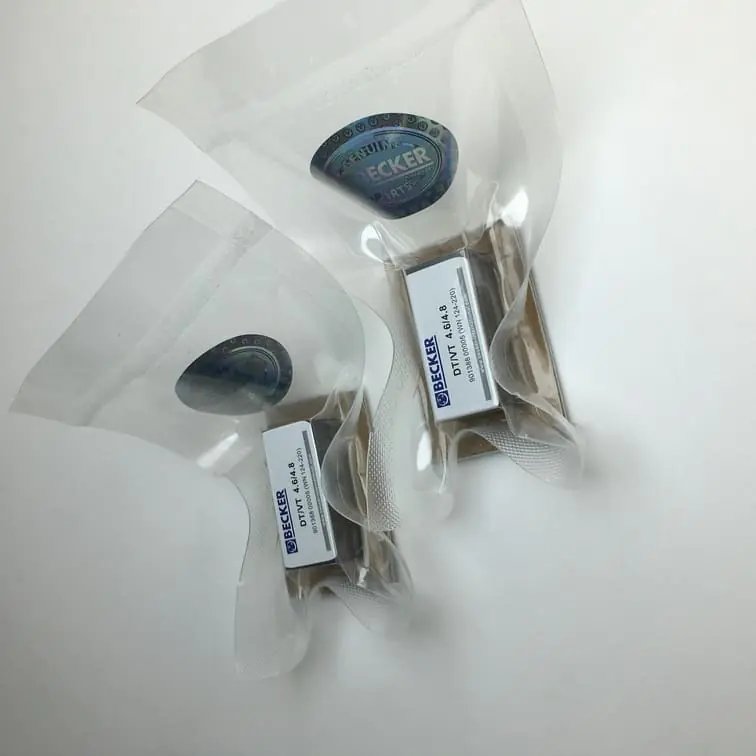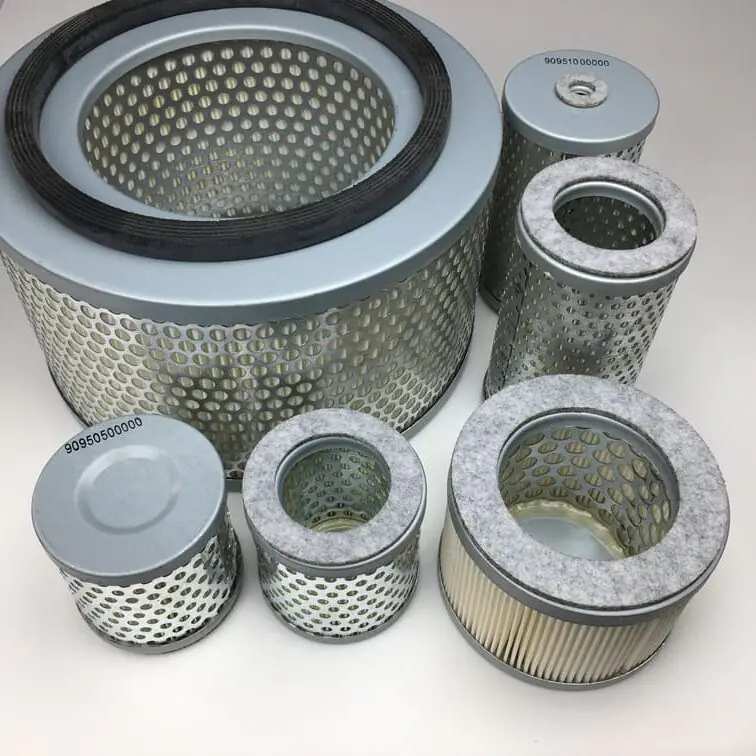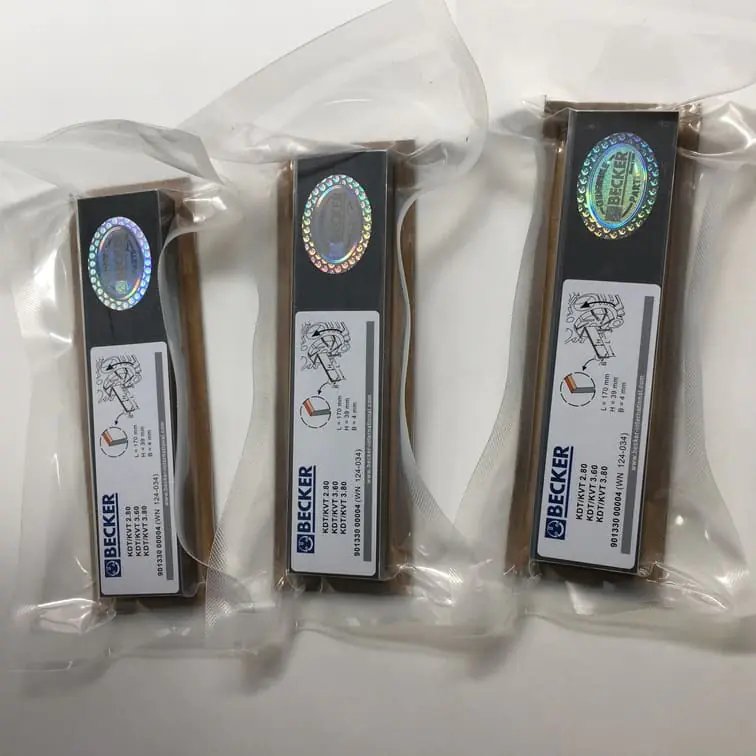How to Install a Saab 93 Vacuum Pump Seal
The vacuum pump in a Saab 93 plays a crucial role in maintaining optimal engine performance, assisting the braking system, and ensuring that your car operates safely and efficiently. One of the common maintenance tasks involves replacing the vacuum pump seal. A worn-out or damaged seal can result in vacuum leaks, which may lead to braking problems, decreased engine efficiency, and an overall dip in the car’s performance. In this comprehensive guide, we will walk you through the step-by-step process of installing a Saab 93 vacuum pump seal.
Why Vacuum Pump Seal Replacement is Important
A functioning vacuum pump seal is critical to maintaining a secure environment where the pump can function effectively. The seal prevents air from entering the pump, ensuring a stable vacuum pressure is maintained, which is vital for the braking system and engine. Over time, the seal may degrade or crack, leading to issues such as:
- Reduced Braking Efficiency: The vacuum pump assists the brake booster. A leak can decrease braking power, increasing stopping distances and potentially leading to unsafe driving conditions.
- Decreased Engine Performance: Vacuum leaks can affect fuel mixture, leading to poor fuel economy and irregular engine performance.
- Oil Leaks and Contamination: A compromised seal can lead to oil leaks, resulting in reduced lubrication and damage to pump components.
Replacing the seal on time prevents these issues, extends the lifespan of your pump, and keeps the car running smoothly.
Tools You Will Need for Installation
To successfully replace the vacuum pump seal, gather the following tools:
| Tool | Purpose |
|---|---|
| Socket Wrench Set | Removing bolts from the pump |
| Screwdrivers | Loosening clamps and fasteners |
| Seal Removal Tool | Extracting the old seal |
| Replacement Seal Kit | New seal for replacement |
| Engine Oil | To lubricate the new seal |
| Rag and Cleaner | Cleaning the pump surface |
Having all the necessary tools before starting ensures a smoother and faster replacement process.
Step-by-Step Guide to Replace the Saab 93 Vacuum Pump Seal
1. Safety First
Before beginning any work, make sure to turn off the car engine and let it cool down for at least 30 minutes. Disconnect the negative terminal of the battery to avoid any accidental short circuits. Wear gloves and safety glasses to protect yourself from any injuries.
2. Locate the Vacuum Pump
The vacuum pump on a Saab 93 is typically located on the side of the engine, near the brake booster. Refer to your service manual for the exact location, as this can vary slightly depending on the model year. The pump will be connected by bolts and several hoses, which you will need to disconnect.
3. Disconnect the Hoses and Electrical Connectors
- Identify the hoses and connectors attached to the vacuum pump. Use a screwdriver to loosen any clamps holding the hoses in place.
- Carefully pull the hoses away from the pump. Labeling them before disconnecting can be helpful for reassembly.
- Disconnect any electrical connectors attached to the pump.
4. Remove the Pump
- Using a socket wrench, remove the bolts that hold the pump in place. Keep the bolts in a safe place as you will need them for reinstallation.
- Gently pull the vacuum pump away from the engine. Be careful to avoid damaging any nearby components.

Original Becker Set of 5 Vanes – Available for efficient vacuum pump operation. Learn more
5. Remove the Old Seal
- Use a seal removal tool to carefully extract the old seal from the pump. Be cautious to avoid scratching or damaging the pump surface.
- Inspect the pump for any signs of wear or damage. If any part of the pump is compromised, consider replacing it to ensure efficient functioning.
- Clean the area with a rag and appropriate cleaner to remove any debris, oil, or contaminants.
6. Install the New Seal
- Apply a light coating of engine oil to the new seal. This helps in seating the seal properly and prevents it from getting damaged during installation.
- Place the new seal in the groove and press it gently until it fits snugly into place.
7. Reattach the Vacuum Pump
- Carefully align the vacuum pump with its mounting position on the engine.
- Use the original bolts to secure the pump in place, tightening them evenly in a crisscross pattern to prevent any misalignment or stress on the pump.
8. Reconnect Hoses and Electrical Connectors
- Reattach the hoses to their respective ports on the vacuum pump. Ensure that the clamps are tightened to prevent any future leaks.
- Connect the electrical connectors, making sure they click into place securely.
Testing the New Seal
Once the installation is complete, it’s time to test the system:
- Reconnect the Battery: Attach the negative terminal of the battery.
- Start the Engine: Turn on the engine and let it idle for a few minutes.
- Listen for Leaks: Pay attention to any unusual hissing sounds that may indicate a vacuum leak.
- Monitor Brake Performance: Test the brakes to ensure they respond effectively without the need for extra pressure.
Common Mistakes to Avoid
1. Not Cleaning the Surface Properly
Leaving residue or debris on the pump surface can prevent the new seal from sitting correctly, resulting in leaks. Always thoroughly clean the area before placing the new seal.
2. Using Improper Tools
Using incorrect tools can damage the pump or the seal, leading to additional costs and effort. Always ensure you have the right equipment, especially for delicate parts like the vacuum pump seal.
3. Over-Tightening Bolts
Over-tightening the pump bolts can lead to warping or damage of the pump housing. Tighten bolts just enough to secure the pump without applying excessive force.
Benefits of Replacing Your Saab 93 Vacuum Pump Seal
Replacing a faulty seal offers several benefits:
- Improved Engine Performance: The engine runs more smoothly without vacuum leaks, improving fuel efficiency.
- Better Braking Response: The brake booster gets the vacuum it needs, ensuring safe and effective braking.
- Extended Pump Lifespan: A well-maintained seal prevents oil leaks and keeps the pump functioning properly for a longer time.
Frequently Asked Questions
1. How often should the vacuum pump seal be replaced?
The vacuum pump seal should typically be replaced every 60,000 to 80,000 miles or when you notice signs of leakage. Regular inspection during maintenance can help catch early signs of wear.
2. Can I drive with a leaking vacuum pump seal?
Driving with a leaking vacuum pump seal can be dangerous. It affects braking performance and engine efficiency, and it may lead to increased repair costs if left unaddressed.
3. What are the signs of a faulty vacuum pump seal?
Look out for oil leaks, reduced braking efficiency, or hissing noises from the engine bay. These are all potential signs that the vacuum pump seal is compromised.
4. Can I replace the vacuum pump seal myself?
If you have basic mechanical skills and the necessary tools, replacing the vacuum pump seal can be a DIY task. However, if you are unsure, it is always recommended to seek professional assistance.
5. What happens if I don’t replace a faulty vacuum pump seal?
Ignoring a faulty seal can lead to severe engine performance issues, decreased braking power, and potentially costly repairs down the line.
Conclusion
Replacing the vacuum pump seal on your Saab 93 is an important maintenance task that keeps the engine and braking system running efficiently. Following the steps outlined above will help you complete the task effectively, ensuring the car’s vacuum system works optimally. Regular maintenance and proactive seal replacement will not only enhance your vehicle’s performance but also save you from expensive future repairs.
For more quality replacement parts like vacuum pump vanes, visit Vacuum Pump Spare Parts. Whether you’re a DIY enthusiast or rely on professional help, the right parts make all the difference in keeping your Saab 93 running smoothly.




